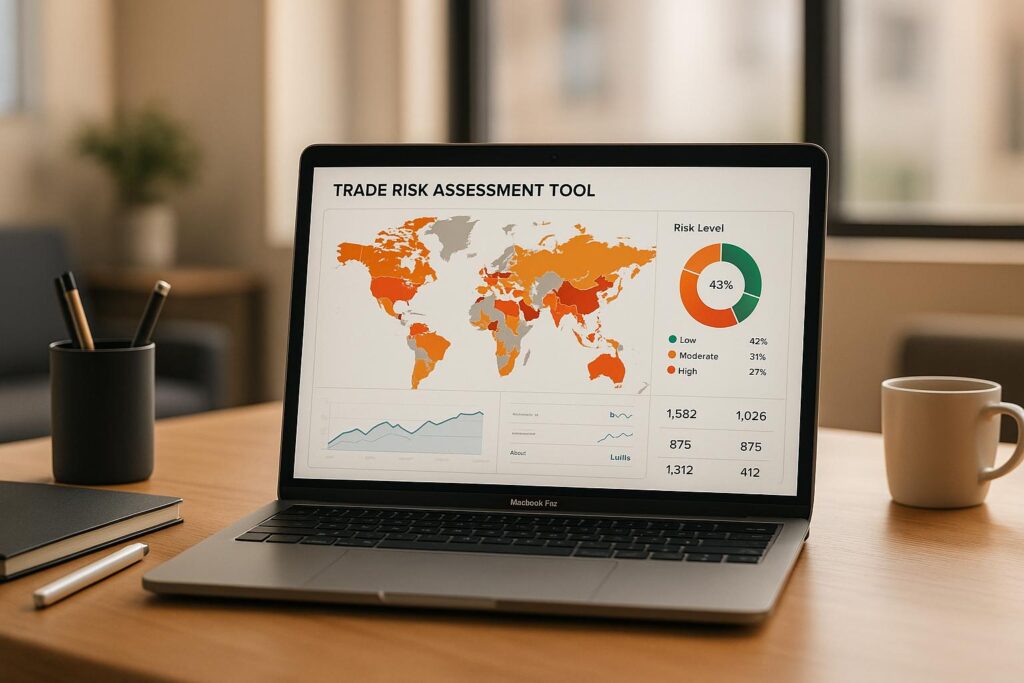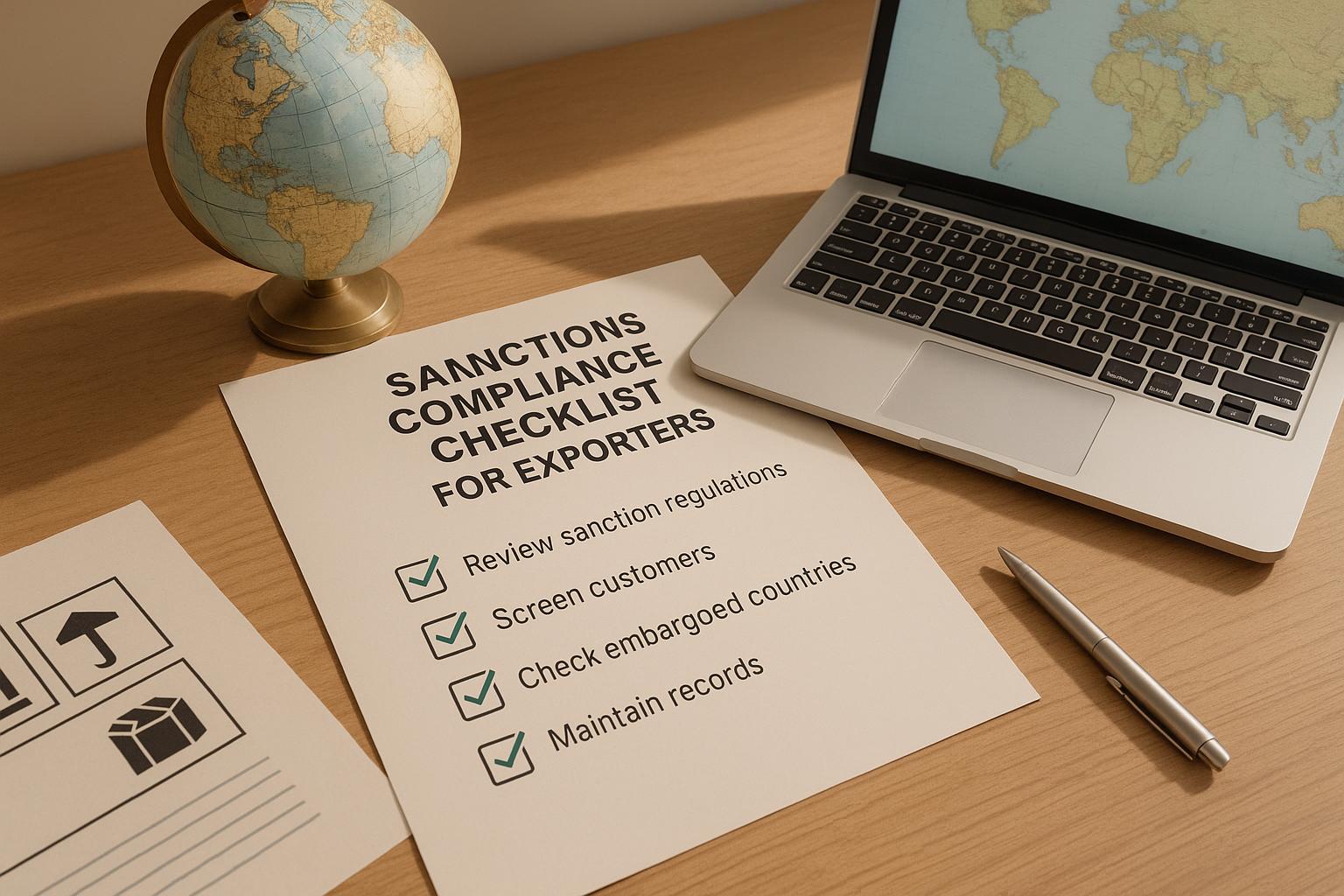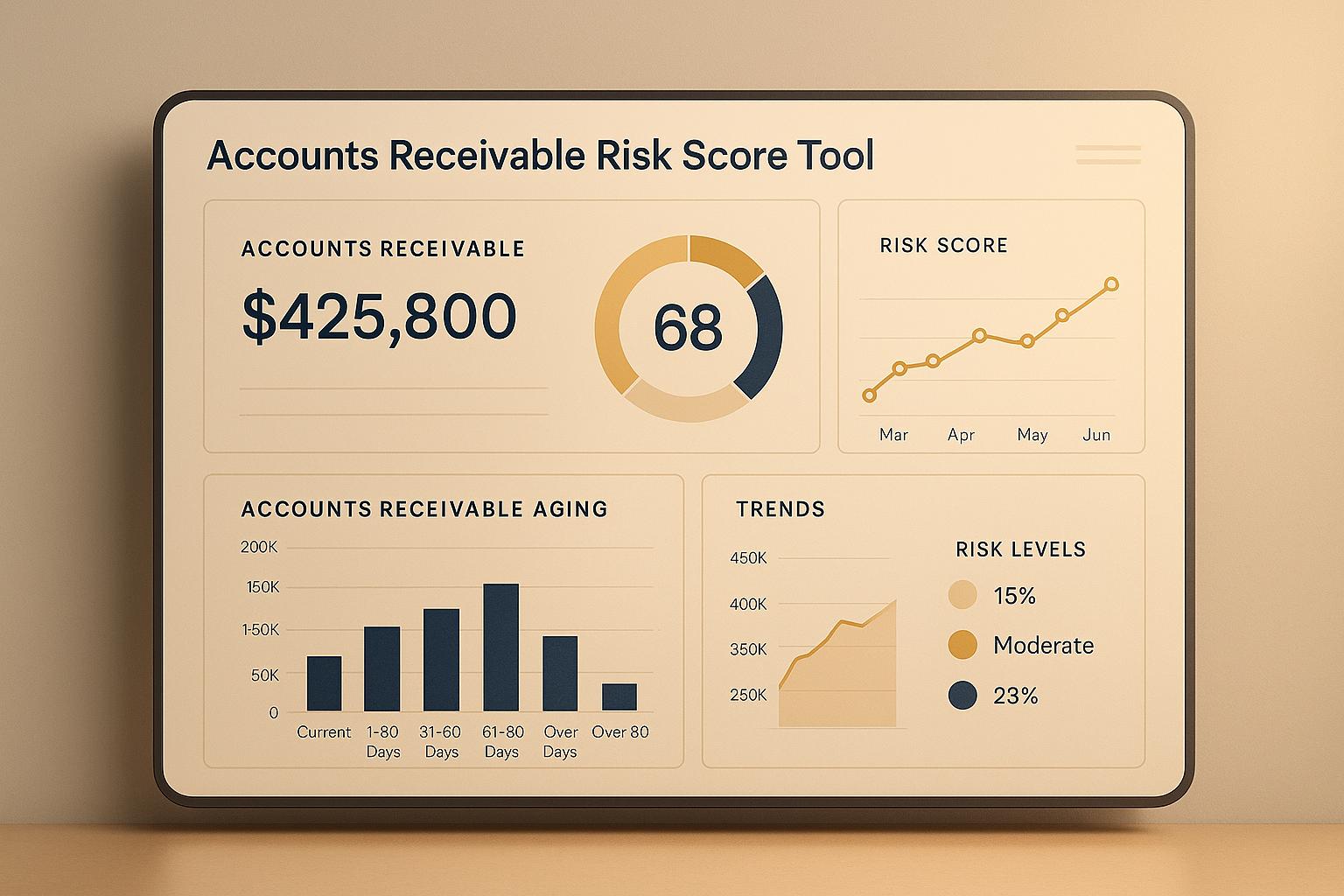Understanding Risks in International Trade
When venturing into global markets, exporters and importers face a unique set of challenges. From fluctuating currencies to unexpected political shifts, the stakes can be high. That’s where a reliable evaluation of potential pitfalls becomes essential. A tool designed to assess trade vulnerabilities can be a game-changer, offering clarity on factors that might impact your bottom line.
Why Assessing Trade Risks Matters
Every international deal carries inherent uncertainties. A sudden policy change in a partner country or a volatile exchange rate can turn a promising agreement into a costly misstep. By analyzing elements like the political climate, financial exposure, and market stability, businesses can better prepare for what lies ahead. This kind of foresight allows you to negotiate stronger contracts or secure protective measures before issues arise.
Making Smarter Decisions
Equipping yourself with the right resources doesn’t just minimize surprises—it builds trust with partners and stakeholders. Whether you’re shipping goods across borders or sourcing materials from afar, understanding the landscape is key. Take advantage of digital solutions that break down complex data into actionable insights, helping you navigate the global trade arena with greater ease.
FAQs
How accurate is the risk score from this tool?
Our tool provides a solid starting point by combining key factors like political stability, currency volatility, and deal size into a single score. It’s based on logical thresholds and widely accepted risk indicators. That said, it’s not a crystal ball—real-world events can shift quickly, so always pair this with up-to-date research or expert advice for big deals.
Can I use this for any country or trade deal?
Absolutely! The tool includes a comprehensive list of countries for you to choose from, and it works for any deal value in USD. Whether you’re trading goods worth $10,000 or $1 million, the logic adjusts to reflect the scale and associated risks. Just make sure you have a rough idea of the political stability and currency risks before inputting.
What do the risk categories mean for my business?
The categories—Low Risk (70-100), Moderate Risk (40-69), and High Risk (0-39)—give you a quick snapshot of potential challenges. Low Risk suggests smoother sailing, while High Risk flags serious concerns that might need mitigation strategies like insurance or revised terms. Think of it as a heads-up to prioritize caution or proceed with confidence.



